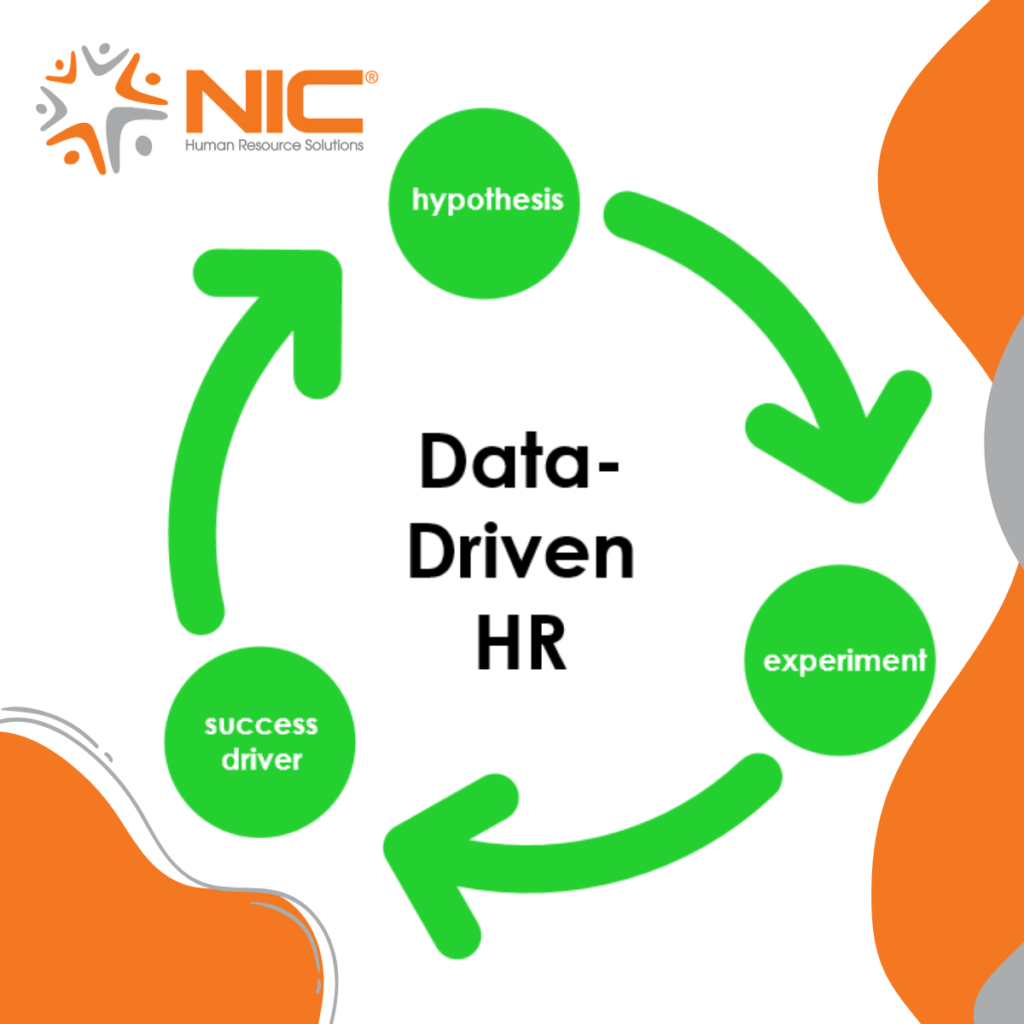Data-Driven HR: How Analytics Boosts Business Performance
In today’s competitive business environment, Human Resources (HR) has evolved from a traditionally administrative role into a strategic powerhouse, driving business performance through data-driven decisions. This transformation is particularly evident in how HR uses analytics to optimize recruitment, enhance employee retention, and ultimately deliver a significant return on investment (ROI) for businesses. Let’s explore how HR analytics reshapes the workplace and contributes to overall business success.

Optimizing Recruitment Through Data Analytics
The recruitment process, traditionally plagued by inefficiencies and biases, has seen a revolution with the integration of predictive analytics. By analyzing historical hiring data, companies can predict which candidates will most likely succeed in their roles. For instance, HR analytics can identify key traits, qualifications, and experiences that top performers share, allowing HR teams to create more accurate candidate profiles. This not only streamlines the screening process but also reduces the time-to-hire, a critical factor in maintaining a competitive edge in today’s job market.
Moreover, analytics enables HR to evaluate the effectiveness of different recruitment channels. By analyzing data from various sources—such as job boards, social media, and employee referrals—HR can determine which platforms consistently attract the highest quality candidates. This targeted approach allows for more efficient resource allocation, ensuring that recruitment efforts are both cost-effective and impactful.

Enhancing Employee Retention with Predictive Insights
Employee retention is another area where HR analytics shines. High turnover rates can be costly and disruptive, but by leveraging data, HR can proactively address this issue. For example, predictive analytics can identify employees who are at risk of leaving by analyzing factors such as performance reviews, engagement survey results, and absenteeism. These insights allow HR to intervene early, offering targeted support or development opportunities that can significantly reduce turnover.

In addition to identifying at-risk employees, HR analytics helps uncover the root causes of employee dissatisfaction. Understanding these drivers allows HR to tailor retention strategies that address specific issues, whether inadequate compensation, limited career progression, or poor management practices. This personalized approach not only improves retention rates but also boosts overall employee engagement and productivity.
Driving Business Performance and ROI
Beyond recruitment and retention, HR analytics plays a crucial role in strategic workforce planning and overall business performance. By providing detailed insights into workforce demographics, potential skill gaps, and employee career aspirations, HR can ensure that the organization’s talent strategy is aligned with its long-term business goals. This alignment not only enhances employee satisfaction but also drives organizational efficiency and profitability.

Moreover, the ability to measure the impact of HR initiatives through data analytics allows businesses to optimize their HR investments. For instance, companies can make informed decisions that enhance productivity and reduce costs by tracking metrics such as time-to-hire, employee turnover, and training ROI. This data-driven approach to HR not only improves operational efficiency but also delivers a tangible return on investment, making HR a key contributor to business success.
Incorporating data-driven strategies into HR is no longer a luxury; it’s a necessity for businesses aiming to stay competitive in a rapidly changing market. HR analytics delivers substantial benefits that extend far beyond traditional HR functions by optimizing recruitment processes, improving employee retention, and aligning workforce planning with business objectives. The result is a more engaged, productive workforce and a business that’s better equipped to achieve sustainable growth and long-term success.
Are you ready to unlock the full potential of your workforce with data-driven HR solutions?
For contact and support:
Facebook: NIC Global – Human Resource Solutions
Linkedin: NIC Global Sourcing JSC
Website: www.nicvn.com
Email: info@nicvn.com
Hotline: 0981.23.43.76
Address:
- Hanoi Office: No. 3A Thi Sach, Pham Dinh Ho Ward, Hai Ba Trung District, Hanoi, Vietnam
- Ho Chi Minh City Office: Dakao Center Building, 35 Mac Dinh Chi, District 1, Ho Chi Minh City, Vietnam
See more:
Payroll service
Staffing service
EOR service





